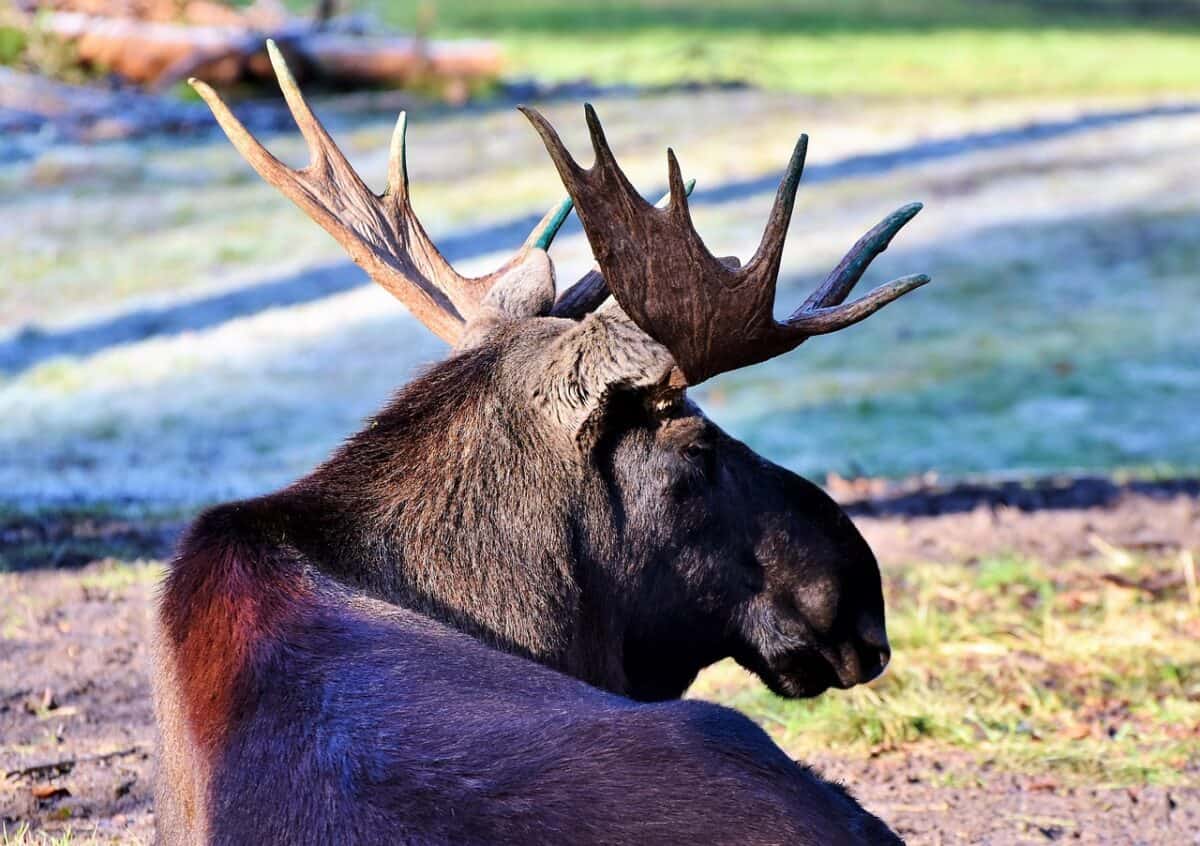Moose are remarkable creatures, towering over many of the other animals that inhabit the forests of North America. Known for their colossal size and impressive antlers, these gentle giants have captured the imagination of wildlife enthusiasts and researchers alike. Among them, the biggest moose ever recorded in the United States stands as a monument to nature’s grandeur. Join us as we delve into the fascinating world of moose, exploring their characteristics, habitats, and the incredible story of the largest specimen recorded in the US.
What Makes Moose Unique?
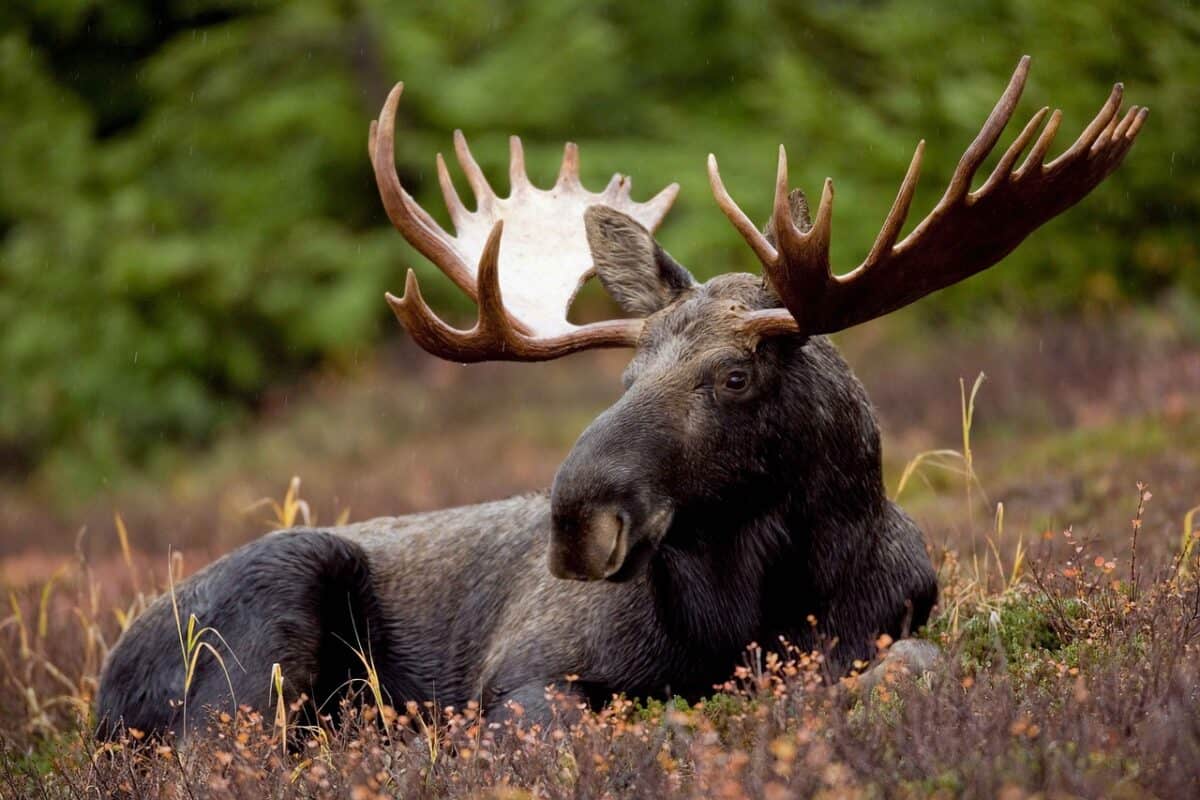
Moose, also known as Alces alces, are the largest species in the deer family. They are easily distinguished by their imposing stature, long legs, and broad, palmate antlers that only males possess. These antlers are shed annually and can spread up to six feet from end to end, underscoring their dominance in the animal kingdom.
Habitats and Distribution
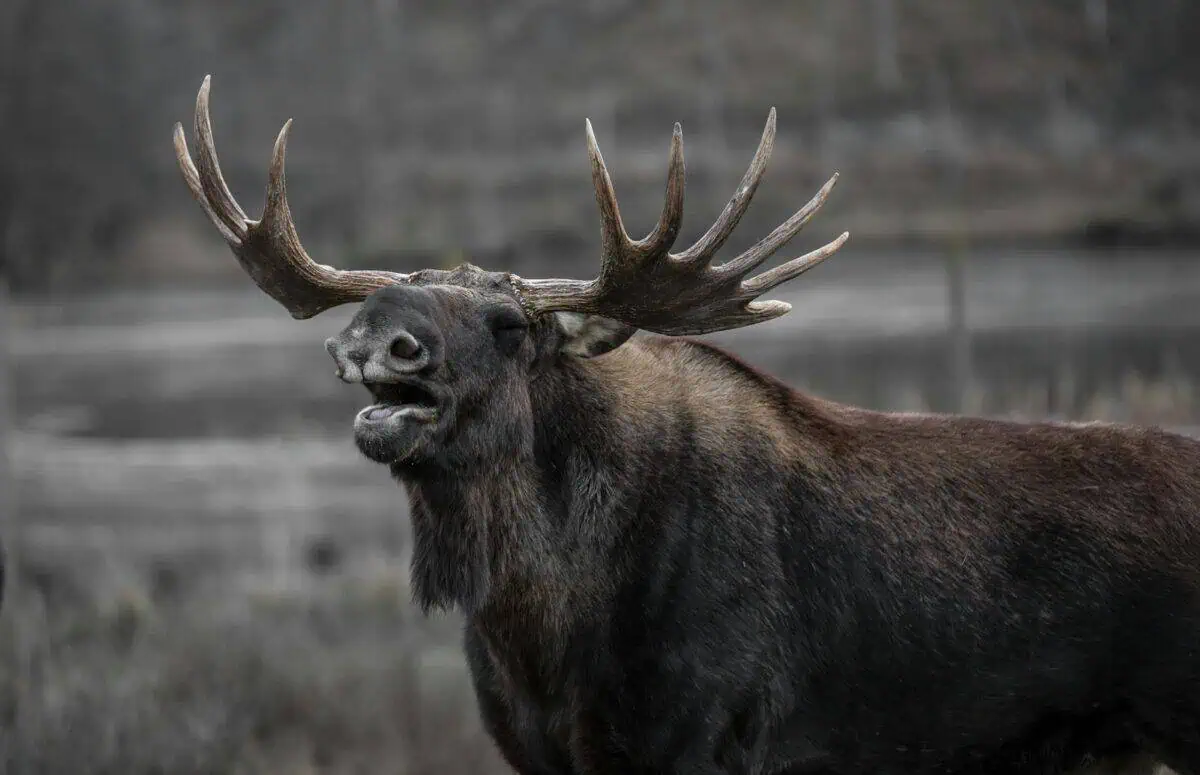
Moose are primarily found in the northern regions of the United States, extending into Canada and Alaska. Preferring cold climates, they inhabit boreal and mixed deciduous forests, thriving in environments with abundant water sources such as lakes, rivers, and swamps. Their presence is significant in states like Alaska, Maine, and parts of the Rocky Mountains.
The Anatomy of Giants

Moose are extraordinary examples of adaptation. Their long legs help them navigate deep snow and dense underbrush with ease. Equipped with a keen sense of smell and hearing, they compensate for relatively poor eyesight. The unique hump on a moose’s back is composed of powerful muscles, crucial for supporting their massive heads and antlers.
Dietary Preferences
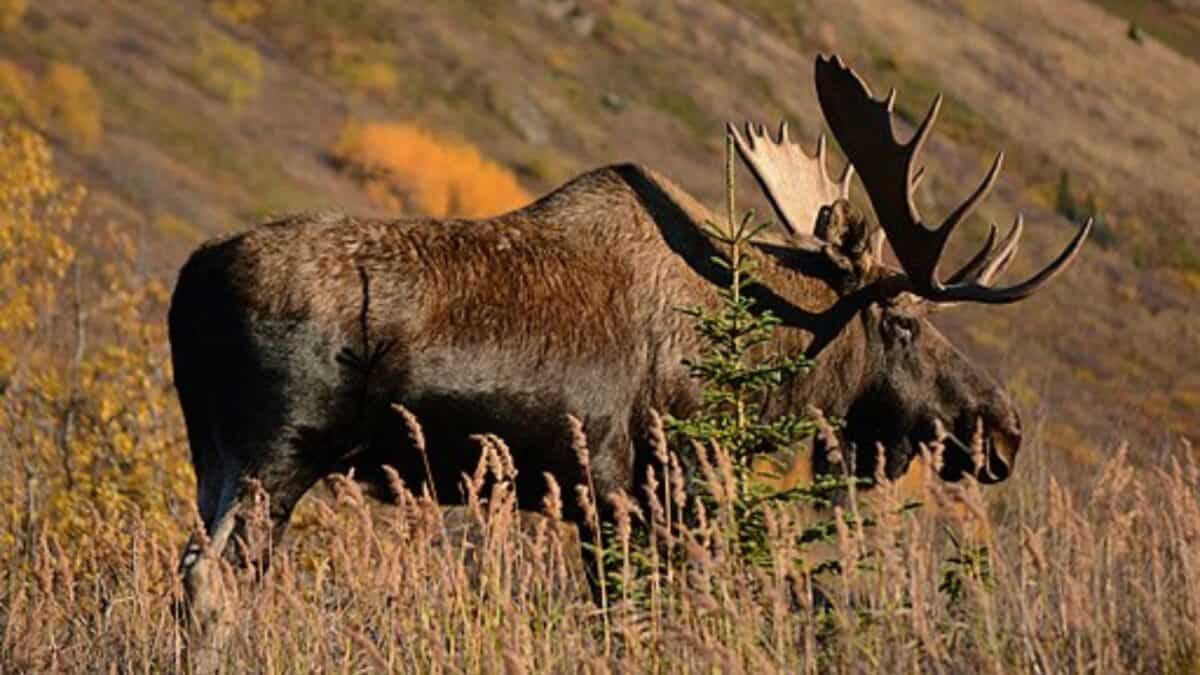
As herbivores, moose have a specialized diet. They primarily consume aquatic vegetation, leaves, bark, and twigs. In the winter months, when food is scarcer, they rely on their stored fat reserves. Their diet plays a crucial role in maintaining their weight, which can exceed 1,500 pounds in adult males.
Mating and Reproduction
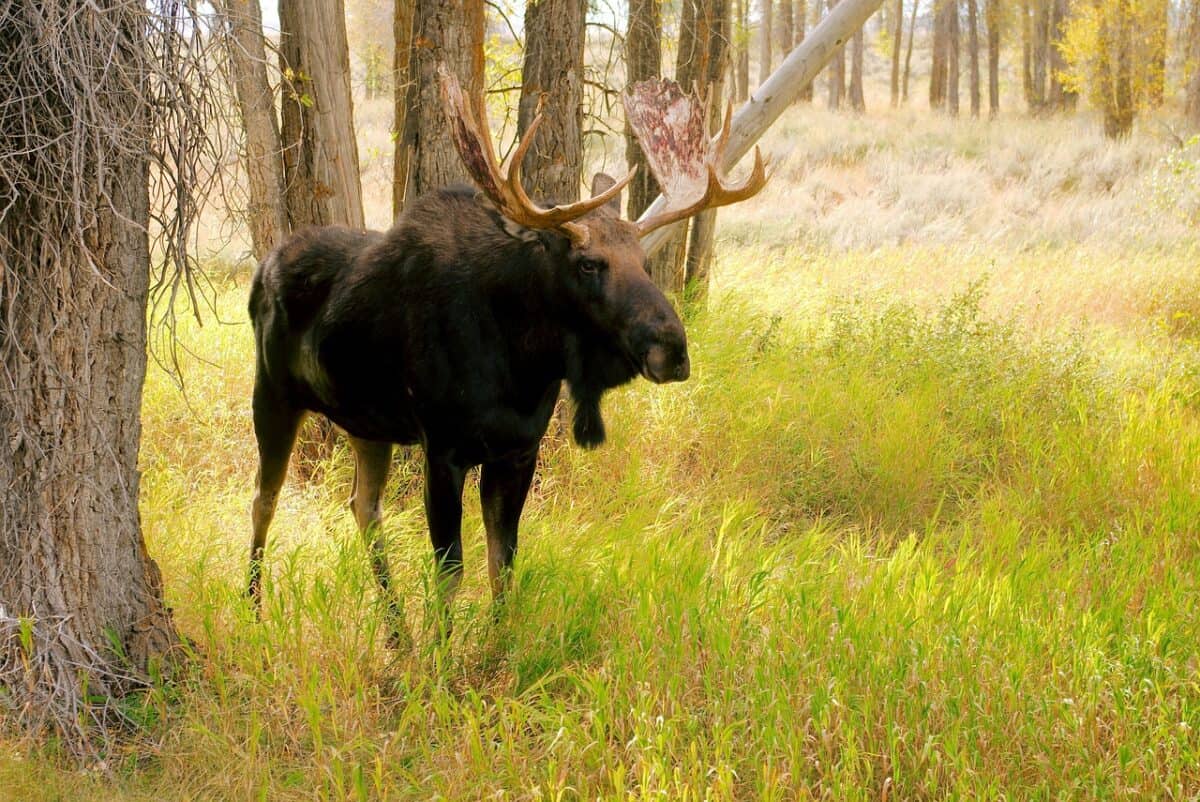
The moose mating season occurs in the fall, during which males compete for the attention of females through displays of strength and size. Successful males may mate with multiple females, leading to a gestation period of about eight months. Typically, a cow gives birth to one or two calves in the spring.
The Legend of the Largest Moose

In the annals of wildlife history, the largest moose ever recorded in the US was an astonishing specimen. This male was captured in Alaska, weighing over 1,800 pounds and measuring over 7 feet at the shoulder. Its antlers, a stunning 79 inches across, remain one of the most impressive on record.
Conservation Challenges
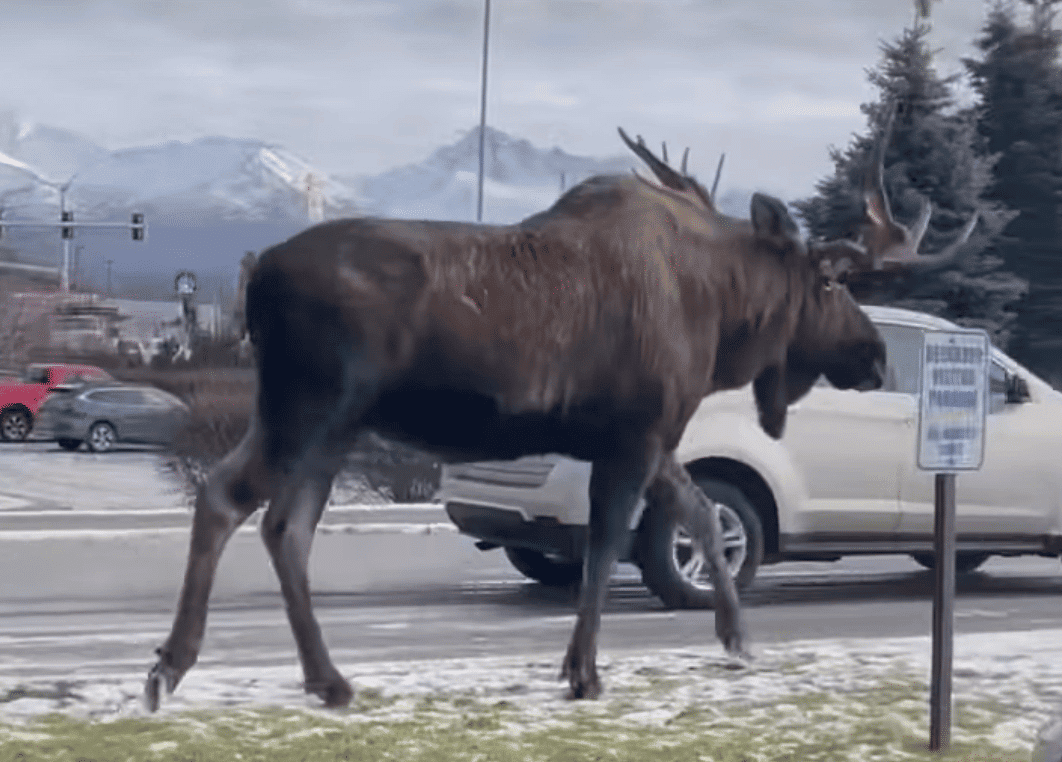
The majestic moose faces several threats, including habitat destruction and climate change. These challenges have affected moose populations, particularly in southern areas of their range. Conservation efforts focus on habitat protection and monitoring population dynamics to ensure their survival.
Human-Moose Interactions

Moose, generally solitary and non-aggressive, can be dangerous if provoked. Increasing human encroachment has led to more frequent encounters, sometimes resulting in hazardous situations for both moose and people. Education and safe practices can help minimize these conflicts.
The Economic and Cultural Significance
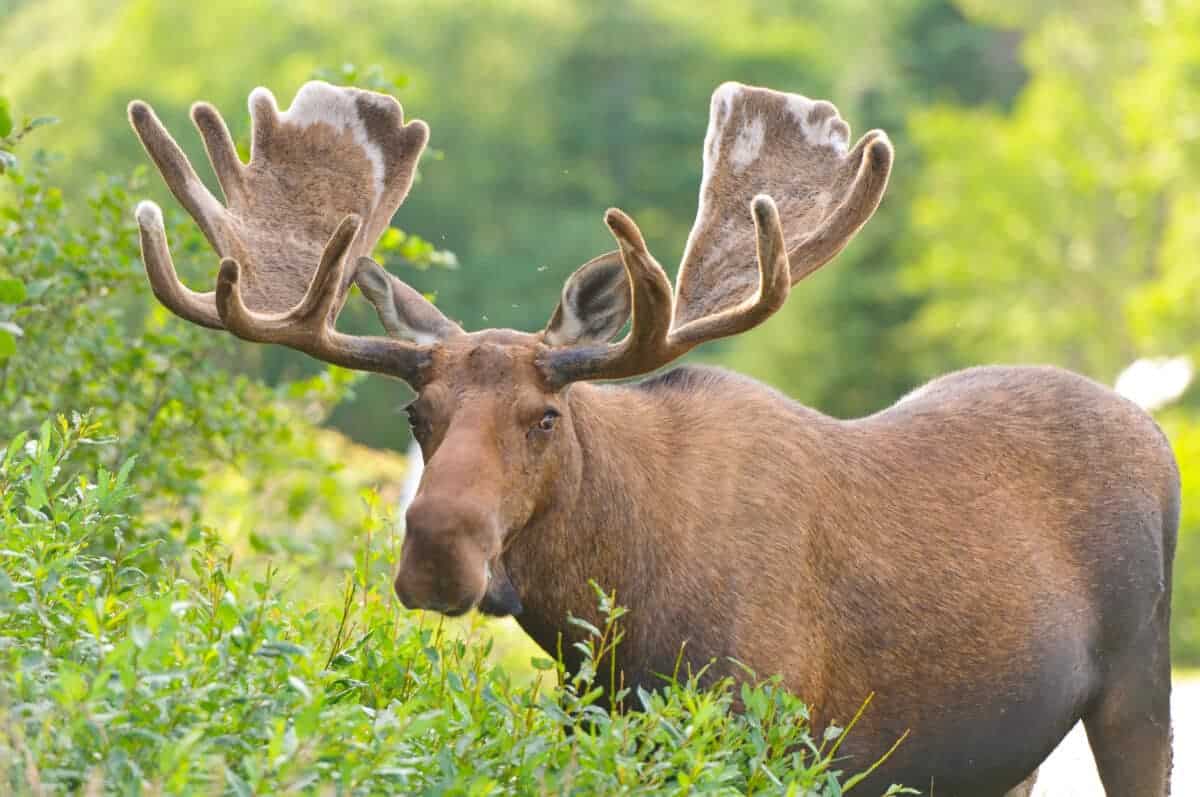
Moose hunting and wildlife tourism contribute substantially to the economies of regions where moose are abundant. They hold cultural significance for many indigenous communities, symbolizing strength and endurance, often featured prominently in art and folklore.
Scientific Studies and Research
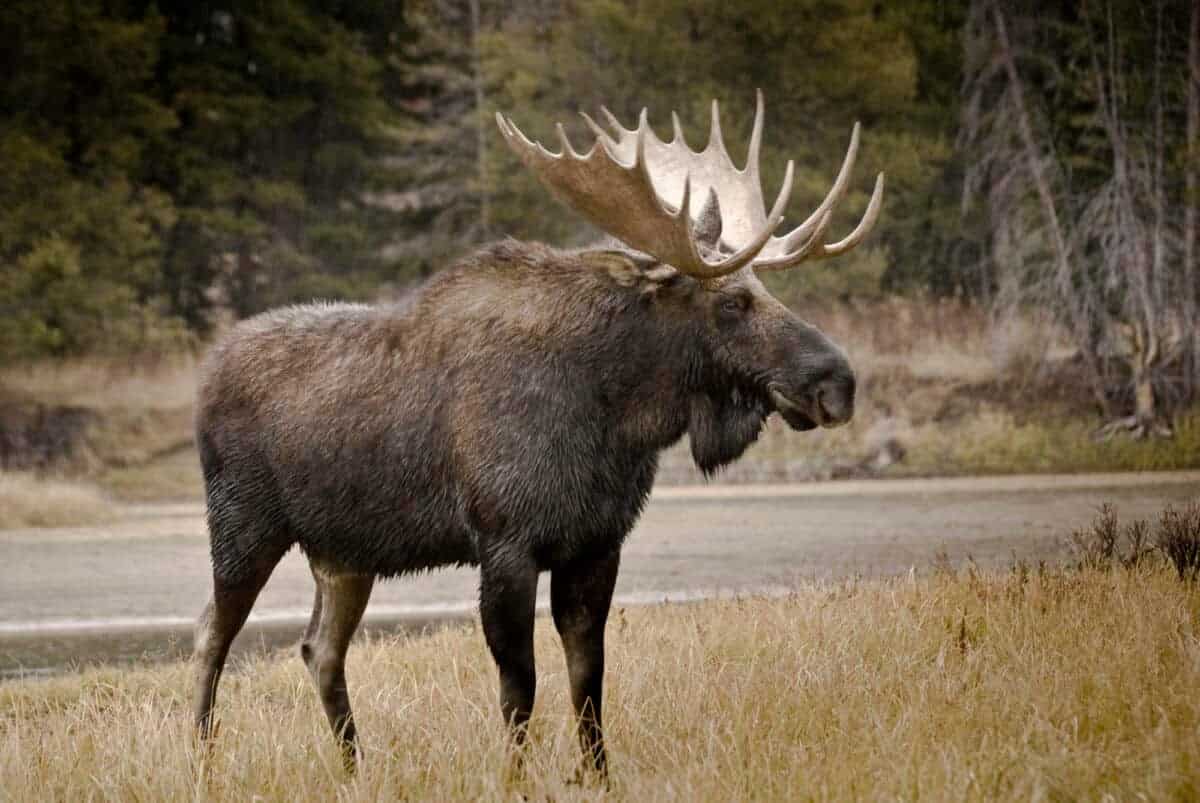
Ongoing research on moose helps scientists understand their physiology, behavior, and ecology. Studies focusing on their responses to environmental changes offer insights crucial for developing effective conservation strategies.
The Future for Moose
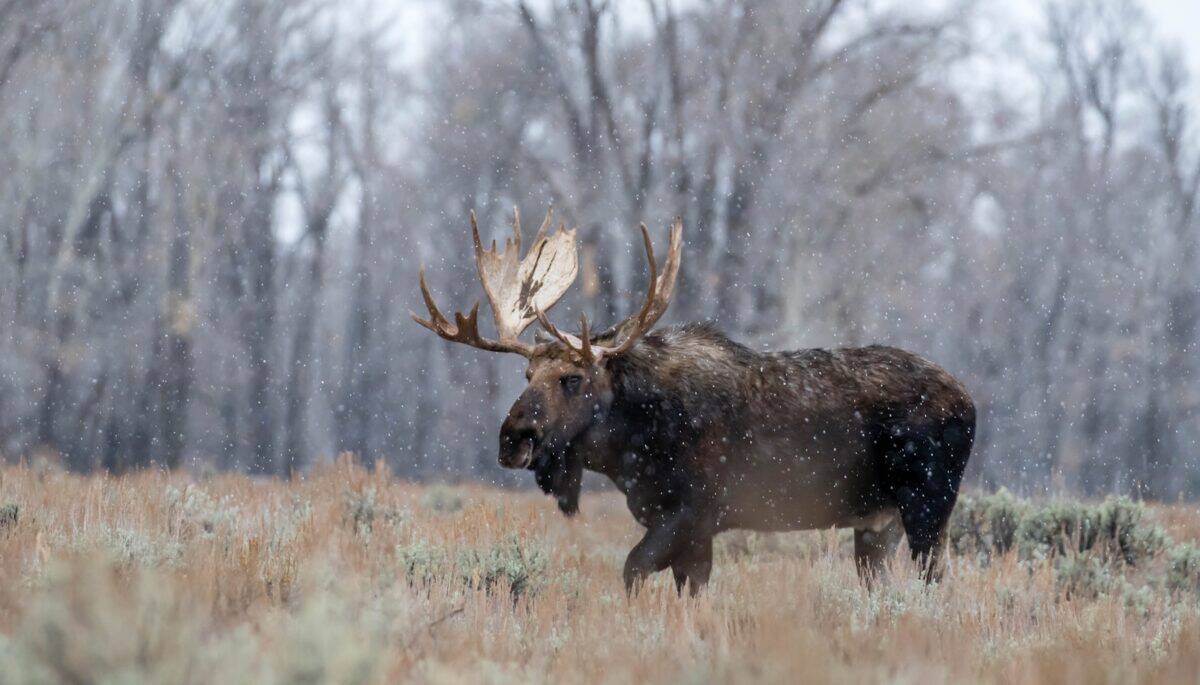
Efforts to sustain moose populations are vital. Conservationists focus on habitat preservation and mitigating climate change effects to ensure that future generations witness these magnificent creatures. Collaborative efforts between governments, researchers, and communities are essential in safeguarding their future.
Celebrating a Natural Marvel

The story of the largest moose ever recorded in the US is a testament to the wonders of the natural world. It highlights the importance of preserving these majestic animals for the ecological balance and cultural richness they bring. As we reflect on their significance, let us continue to champion conservation efforts, ensuring that moose remain an awe-inspiring presence in the North American wilderness.
- 15 Tips for Managing Spider Infestations During Storm Season - August 8, 2025
- How Superstorms Have Reshaped Coastlines Over Time - August 8, 2025
- The Biggest Moose Ever Recorded in the US - August 8, 2025

